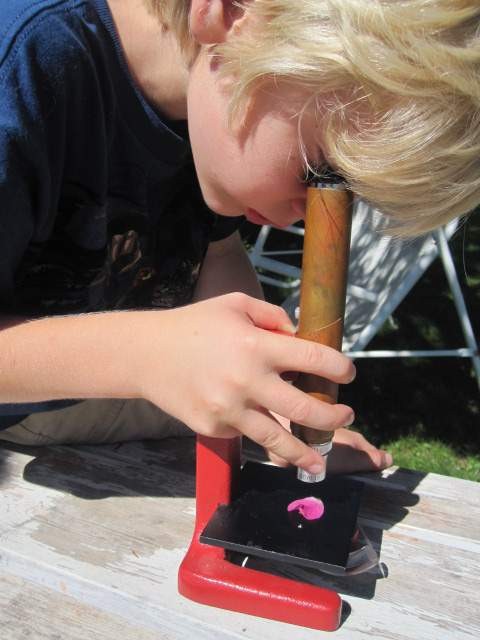
So you have a microscope (or are giving one to the kids for Christmas) and you’re stuck on what to do next?
Here are 50 easy-to-find things to view under a microscope.
All of these can be viewed with a basic microscope without high powered lenses (or even a pocket scope), though they’ll often be more interesting with higher magnification.
(Some links on this post are affiliate links. Thanks for your support!)
- Salt (including different types)
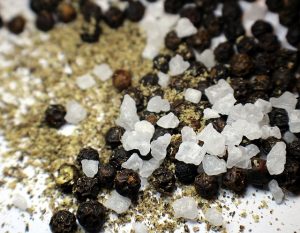
- Sugar
- Sand (compare from different beaches, if possible)
- Bird seed
- Different colors of human hair (be sure to look at dyed and natural, and roots)
- Fur from various species
- Whiskers
- Onion skin
- Wings and legs of butterflies and insects (hint: look on your car grill in the summer time to find lots of species!)
- Bread mold
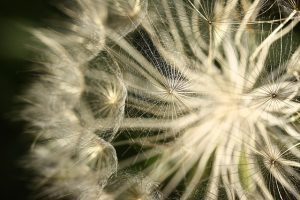
- Yeast (dry and after proofing in warm water with sugar)
- Slice of sea sponge
- Soil
- Thread
- Fingernail clippings
- Wool
- Dust
- Dirt from the vacuum cleaner
- Celery fibers
- Dandruff
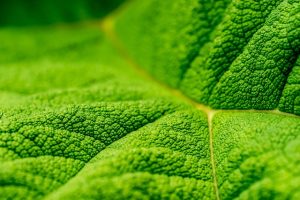
- Torn papers of different types
- Dryer lint
- Coffee grounds
- Melted snow
- Moss
- Various seeds
- Bread crumbs
- Fruit flies or fleas
- Feathers
- Grass
- Chicken skin

- Pollen (lilies have especially bright pollen)
- Flower parts such as stamens
- breast milk versus cow’s milk (it’s pretty fascinating!)
- Spider webs
- Synthetic fibers
- Fish scales
- Different types of leaves
- Pond water
- Fish tank water
- Ladybug parts
- Mushroom gills
- Diatomaceous earth (finely crushed shells, sold for farm and garden uses)

- Seaweed
- Algae
- Pine needles
- Wood splinters and bark
- Snowflakes (hint: chill slides first and take the microscope outside if possible)
- Different types of flour (soy flour, whole wheat flour, all purpose white, etc.)
- Ear wax (sounds gross but is very interesting to view!)
Obviously, different specimens are easier in different seasons than others. January is a much better time to view snow and ice crystals than pond water if you’re in Minnesota, for instance.
Where to get slides? You can pick them up inexpensively at online stores like Amazon.com, American Science and Surplus or Rainbow Resource. You can also pick them up at most neighborhood teacher stores and science supply stores.
In a pinch, you can use the glass from small picture frames for microscope slides. We’ve even used a broken plastic CD case for a temporary slide to view something interesting that came along!
Which microscope to buy?
 Our family prefers the nearly indestructible (made in America) Brock Magiscope, which is very portable and durable for even very young children to handle, and comes with a lifetime warranty. We bought ours used on eBay where there are usually quite a few used ones offered (remember they have a lifetime guarantee no matter where you get them or how old they are) but the Brock website sometimes runs great sales direct from the manufacturer. Amazon sometimes has them in stock, too, but they may be older models.
Our family prefers the nearly indestructible (made in America) Brock Magiscope, which is very portable and durable for even very young children to handle, and comes with a lifetime warranty. We bought ours used on eBay where there are usually quite a few used ones offered (remember they have a lifetime guarantee no matter where you get them or how old they are) but the Brock website sometimes runs great sales direct from the manufacturer. Amazon sometimes has them in stock, too, but they may be older models.
Keep in mind that you can also order a “pocket microscope” (a tiny hand-held magnifier with a light) from eBay for under $5 (with free shipping), which also works great for younger kids when you’re just starting out.
If you don’t want to wait for a super cheap eBay scope, for a few dollars more you can get a surprisingly high powered lighted pocket scope like this one or this one on Amazon for as little as $5 to $10 with speedy Prime shipping. They’re fun, easy to carry, and so inexpensive that you don’t have to stress as much if they get lost or broken.
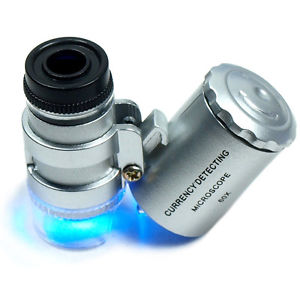
We love these pocket microscopes, especially for younger kids. They make great on-the-go magnifiers and work surprisingly well. I get them for party gifts and stocking stuffers too. 🙂
You can also try using magnifying apps on your phone!
Have fun!

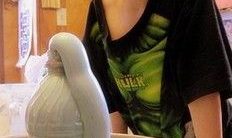




2 thoughts on “50 Things to look at under a microscope”-
-

Reason #397 I Love Homeschooling | Magic and Mayhem
(March 1, 2019 - 8:09 pm)[…] For more ideas about things to look at under a microscope, I compiled this list of 50 fun things to look at under a microscope. […]
King Gasiewski
(October 18, 2021 - 3:52 pm)Thanks for sharing